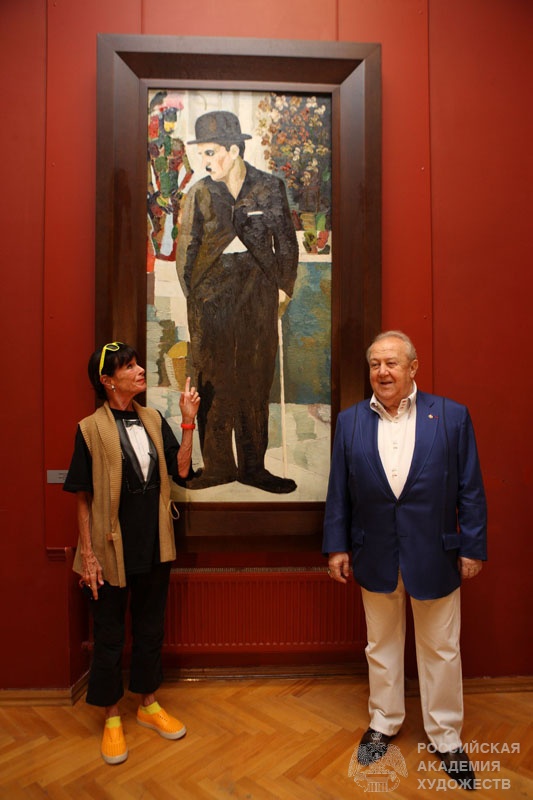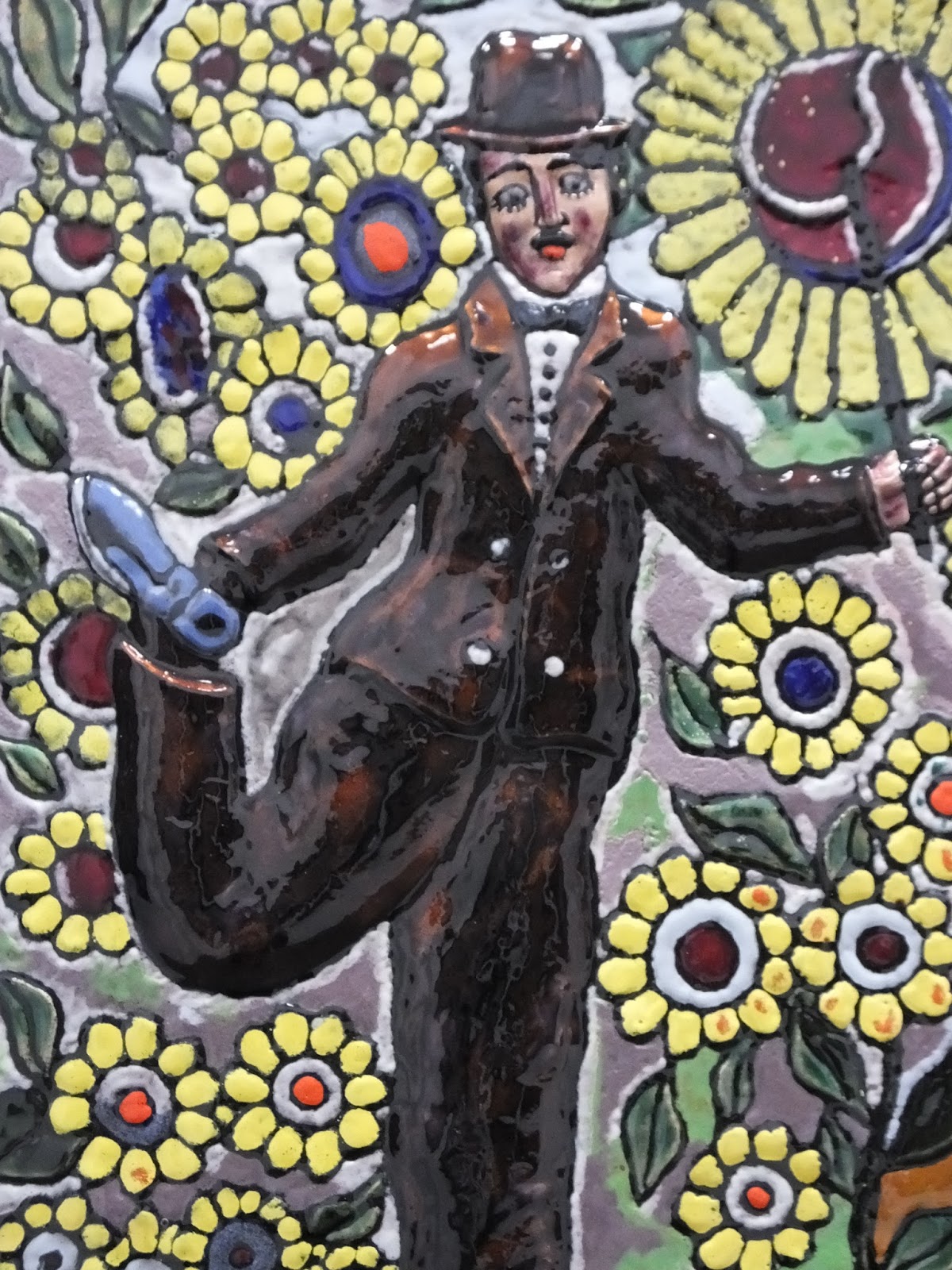Tbilisi (known as Tiflis until 1936) is a city of bustling life. It is diverse, rich, original, and in the Middle Ages was called the “City of Joy.”
In the mid-20th century, an Italian Opera House was opened in Tbilisi and the whole city sang Opera arias. Later came the circus, a world in which all feel good: adults and children alike.
The circus has always attracted artists for its raging color palette, comedy and drama, images of the clown Pierrot, a character of the Comedia dell’arte: Domier, Renoir, Degas, Watteau, Picasso, Leger, Vasily Shukhaev. The sensitive boy Zurab Tsereteli was also fascinated by the circus. Gymnasts, acrobats, jugglers, illusionists and clowns gave the future artist a joyful world full of dynamics and drama. Ernest Hemingway said: “The circus is the only performance that makes you feel like you are sleeping and seeing a really happy dream.”
The circus artists were considered social outsiders, poor and independent. The master dedicated to them a number of works whose mood echoed the words of Marc Chagal: “Circus! A magic world, the age-old parade of entertainment before our eyes, where tears, smiles, gestures obtain the quality of great art. And what circus do people get in return? The night brings them solitude and sadness lasting until the next day and the next evening; in the fire of the electric light heralding the renewal of the old life. For me, the circus is a most tragic performance.”
A special place in Tsereteli’s work belongs to birds and animals to which the artist gives human traits, often placing them in human life situations.
The “humanization” of an animal or “replacement” of a man by animal is well known in the history of world art and literature. This allegorical technique was very popular in the improvised folk theater “Berikaoba” which presented masks of characters and masks of animals. The character-animals in Tsereteli’s canvases are full of feelings and emotions, love and fidelity, game and slyness, sorrow and joy.
In the late 19th century, the cinematograph, or the Great Silent as it was then called, was born. Later, there appeared films featuring Charlie Chaplin, about a sly, kind and sad tramp with a funny walk. Tsereteli, together with his grandmother, watched these films, experiencing and laughing at the adventures of the hero with a cane. Later, the image of Charlie Chaplin’s “small tramp” inspired Tsereteli to create a series of works combining real cinema scenes and the artist’s imagination.
The artist placed Charlie in the atmosphere of Old Tiflis, where the image immediately became native, as if he had been born and raised in the city. We can see Charlie’s character with a street shoe cleaner, or together with his chum Kinto. Charlie and the Kinto, one of the most colorful characters of Tiflis, have much in common: cheerfulness, a tendency to trickery, restlessness. Charlie himself in Zurab Tsereteli’s canvases sometimes looks like a Georgian, his plastic and facial expressions reminiscing the Imereti character of the classic of Georgian literature, David Kldiashvili.

The daughter of the great Charlie Chaplin, Geraldine, visited Tsereteli’s studio in 2011. In an interview, she said: “Zurab showed me a portrait where I was depicted together with my father. I was there, a little similar to a Georgian woman, and had a cat in my arms.” The master presented Geraldine as a gift the model of the sculptural composition ‘Charlie Chaplin.’
“Is it possible to say that Chaplin is one of your favorite images?” The artist was asked. “I used to really love portraying him,” he answered. “But now that I have met his daughter, I will paint them together.”
The compositions with Charlie Chaplin are not literal portraits of the actor: they take a high poetic form of the sad clown’s image. The great actor wrote: “For more than 40 years, I have made people laugh. But I cried more than they laughed.”
The meaning of art is not to convey the visible, but to make the invisible visible. When we look at the world through the camera lens, we see the visible. But if we look out of focus, we see something else, and this opens up the artist’s vision. Despite the melancholy of some of Tsereteli’s works depicting “the little tramp,” these artworks contain the principle idea of the master: good always defeats evil, and love is the main value of life.

Among the two masters, Chaplin and Tsereteli, there are many common things: both of them are self-made men; they are unique identities whose talent was early revealed, and to reach the top, they needed a lot of effort and energy.
The mental closeness of Charles Spencer Chaplin (Charlie) and Zurab Tsereteli, as artists, creative personalities who largely determined the image of the era, has resulted in a series of unique artworks created over forty years…and this creative dialogue continues.
The exhibition will open on May 15 in the Zurab Tsereteli Museum of Modern Art, 27 Rustaveli Avenue, Tbilisi.
By Irakli Makharadze
